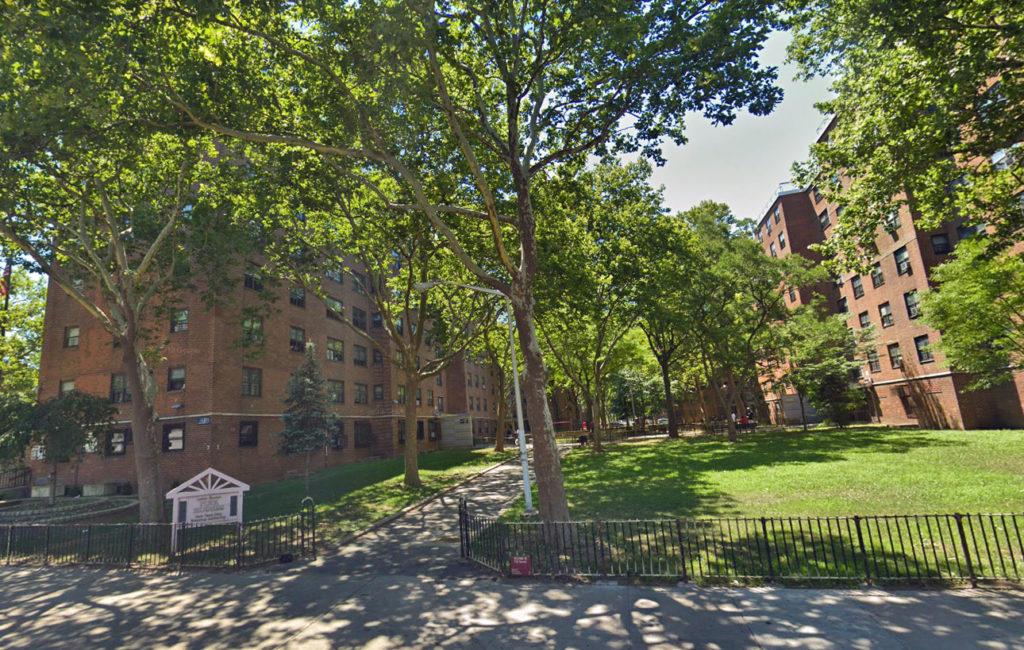

Is talking about, now I take a different route.Īnd the job took him to new places. I used to be that grimy cat these rap dudes Seeley designed an antigun poster and he inspired his charges with rhymes. He dresses like me, walks like me, and he looks like me."' The kids would see him and say, 'He's cool. "He had this experience from life where he would connect with young people," Mr. Within six months, he had the paid position of office manager, teaching art and performance to children in homeless shelters, said Hector Arias, an artist who works for Art Start. In the spring of 2000, as part of a program that finds alternatives to jail for juvenile offenders, he began an internship. He left an impression, though, that made people want to help him.Īrt Start, a nonprofit group in Manhattan, says in promotional materials that its Hip Hop Project helps teenagers who are "on the verge of dropping out of high school, are surviving on the streets or have just been released from prison."įor Keshawn Seeley, it was an immediate fit. At one group home, he tore up the office, throwing papers everywhere, said Bernadetta Heyward, a counselor. "Our parents weren't stable enough."īut Keshawn's own behavior was unpredictable too. "Throughout our lives, we were in the system," said Mr. At Graham Windham, a juvenile home in Hastings-on-Hudson, he made a friend, John Banks, and they pursued a course of mischief and petty robbery, Mr. He grew his hair long and wore a bandana. He would rejoin the family more than once as a boy, but never for more than two years, instead spending formative years away from his brothers and sisters, several of whom were also in foster care.Īs a teenager, Keshawn sold drugs and owned a gun, his friends said. "Having rock fights, things like that."įamily life grew volatile, and the authorities removed Keshawn from his parents at age 8, relatives and friends said. "Like any other kids, we all got into trouble," said Keith Mason, a friend of Keshawn Seeley's since childhood. There on Loring Avenue, the 10 remaining Seeleys shared an apartment, and in the courtyards and streets below their cramped rooms, Keshawn made friends. "So much pain struck our family," he said, "I used to drink."Īfter the fire, the family left Gates Avenue for the Pink Houses. "We made his brothers and sisters not touch him."
#PINK HOUSES IN BROOKLYN SKIN#
"A cousin used to call him Light Bulb for his light skin and the shape of his head," Donald Seeley said. They would have five more children, but Keshawn was the frailest, born premature with a soft spot over his brain. "When you grow up in the 'hood, you always come back."ĭonald and Laverne Seeley became parents together for the fourth time on May 2, 1981. "This is the 'hood, man, like they always say," said Dominick Page, 29, who watched Keshawn grow up in the Pink Houses and who returns to visit his own mother there. The route he took was built on the authenticity of growing up in the projects, for some an abstract symbol of urban menace, for others a place of familiarity, blood and memory. Seeley offer humbler, more attainable promises, but still no guarantees. In a city of less crime and more opportunity, the paths followed by young men like Mr.
#PINK HOUSES IN BROOKLYN FULL#
Over the years, accounts of life in the projects have become the stuff of urban lore, full of spectacular escapes and tragic returns. His name became known in homeless shelters and art galleries, and he gained the means to support his daughter, Amanda Love, who turned 2 yesterday. He had a job as a mentor with an arts group, where his musical prowess, gentle nature and street smarts counted. Seeley was within reach of a modest, steady life. Keshawn Seeley took one of these.Ĭhildhood was eight brothers and sisters, hip-hop dreams, a drunken father, foster care and juvenile detention, but at age 19, Mr. And some seek other ways out, ways that do not put your name on a T-shirt or a mural. Plenty of people stay, working, making quiet lives or focusing their energies close to home. Two kinds of exits from tough projects like the Pink Houses make people take notice: In the first kind, a ballplayer or rap star gets rich in the second kind, a hustler dies trying. To a young man, it can seem as if the only jobs around belong to the officers on patrol and the cooks at the fried chicken restaurant on Linden Boulevard.

Pink project in East New York, Brooklyn, squat brick towers turned inward around concrete pathways. They call it the Pink Houses, short for the Louis H.


 0 kommentar(er)
0 kommentar(er)
